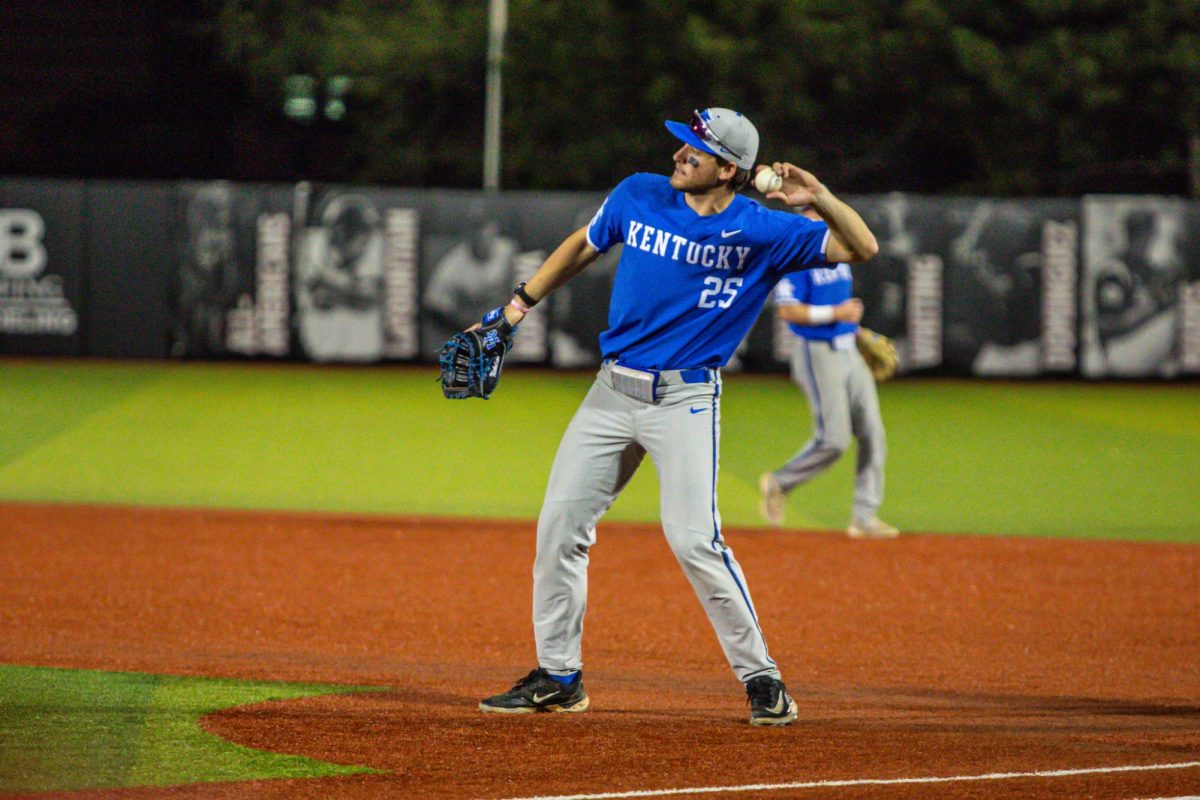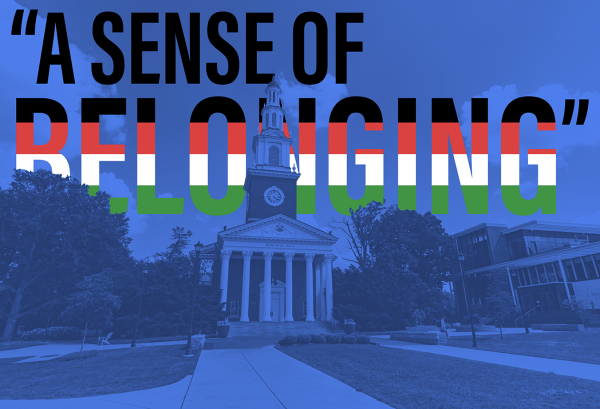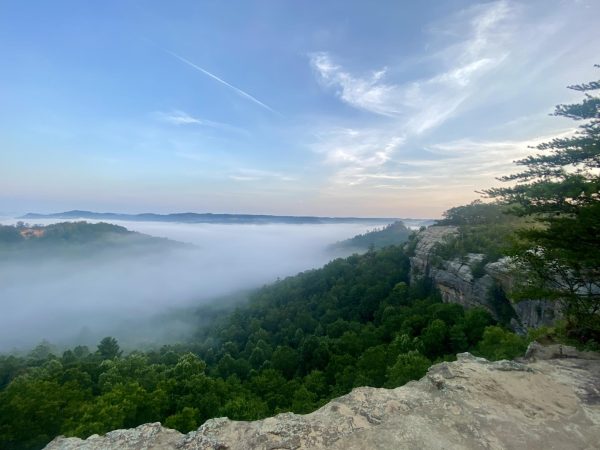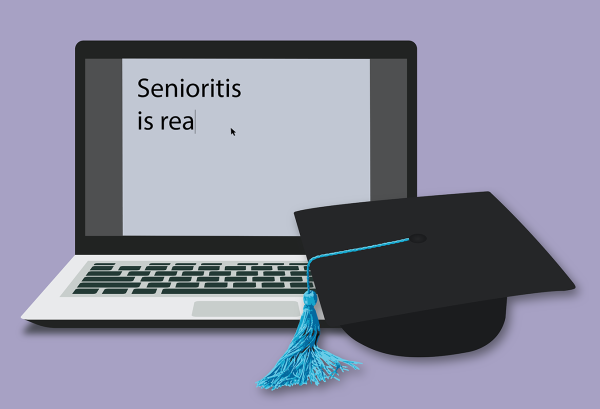Campus safety is the main priority
October 31, 2008
In the aftermath of the incidents at Western Kentucky University and Central Arkansas University, attention is – with good reason – focused on campus safety. Students sit in class staring at the door thinking, “What would I do if it happened here? What would I do if a gunman walked in the door right now?â€
The reality is, on UK’s campus, we can’t answer that question.
With safety plans for only 10 percent of campus buildings and only a small group of faculty and staff with any emergency training, students must look to other places to find comfort and reassurance. If they’re looking to the emergency stations sporadically dotted throughout campus for that reassurance, they’re going to have to keep looking.
On Wednesday and Thursday, the Kernel set out to test these emergency call stations – towers with blue lights on the top on walkways throughout campus that feature call buttons that when pressed, alert dispatch at the UK police station. A staff writer walked through campus using a map available on the UK Web site that pointed out each tower’s location to test each one.
In seven hours, the writer found only 16. Not only are there only 19 call stations on a campus that encompasses a large part of the city and is home to over 26,000 students and 3,000 faculty and staff, but they are also difficult to find and not all of them work.
At least one station didn’t work, the others are dated and, according to Alan Saylor, a UK police officer and crime prevention specialists, the emergency poles are “getting a little antiquated.â€
But there is some good news. Maj. Joe Monroe, UK’s interim police chief, said the stations are checked weekly to biweekly and the police department is currently looking into retrofitting existing call centers with new technologies like megaphones and cameras, as well as installing entirely new call centers around campus, according to a Friday Kernel article.
Finally, a step in the right direction.
Sixty-two percent of students interviewed in an Oct. 22 Kernel survey said they know where to find at least one emergency station. But only 16 percent know what it means when the blue light on the station is flashing (it means the station has been activated).
UK must install new call centers and update the new ones. Every phone should work; the lights on top should flash a noticeable color like red instead of the current dim blue lights. Police need to continue to check the functionality of the towers. Students should be able to see at least three emergency call stations no matter where they are standing in an area of campus. The next time you’re walking campus, try and find just one. If you can’t find one, ask yourself how safe you really are.
Safety should be available in and out of the classroom. But overall, it should come first.


























































































































































